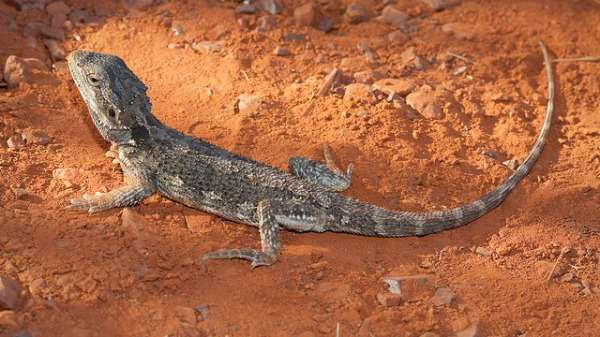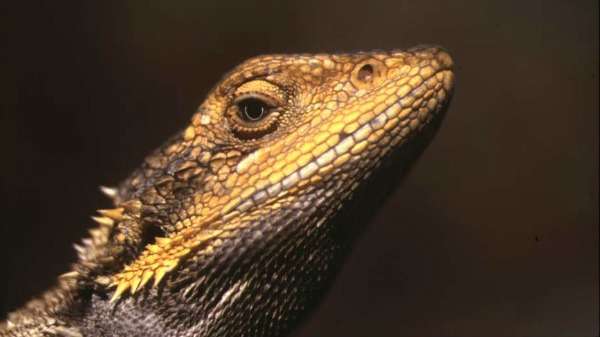Kings Park reptiles resilient in face of fire

Kings Park's reptile population has overcome 20 years of bushfire, urbanisation and feral predation to maintain similar species diversity to that recorded in 1995.
The research finding comes on the back of a five-year census of the park's scaly inhabitants, which also revealed the reptilian community is bouncing back after a January 2009 fire ripped through 40 of the park's 267 hectares.
"Although one species of lizard that was very common in previous surveys is now almost gone from the park, the good news story is that we still recorded all reptile species captured in surveys 20 years ago," Edith Cowan University researcher Dr Rob Davis says.
"We found the Kings Park community of reptiles is pretty resilient, so perhaps you're dealing with a reptile assemblage that has adapted to fires and disturbance, and everything left there now will hopefully persist if those threats don't change."
Dr Davis' study compared species diversity and total reptile abundance in park areas burnt in 2009 with areas unburnt since the 80s.
They found the leaf-litter inhabiting skink (Hemiergis quadrilineata) was strongly associated with longer unburnt sites while another lizard species (Ctenotus fallens) had a smaller average body length in burnt sites compared to unburnt sites.
The research determined it took just two years for total reptile abundance in burnt areas to recover, and four years to achieve similar richness of species diversity.

Dr Davis warns this resilience doesn't mean the park's reptiles are invulnerable.
"They're dealing with the huge impacts of habitat fragmentation, predation by domestic cats, introduced foxes, surrounding roads," he says.
"Something as simple as a larger fire really could be the death knell for small populations already affected by these challenges."
During the study, Dr Davis captured 1061 reptiles, representing 19 of Perth's 65 reptile species.
"The species we recorded fewest of were only found in unburnt vegetation, and these rarer species are probably reliant on long unburnt vegetation," he says.
Seventy years of Kings Park records indicate the park suffers an average of ten fires per year, with most burning less than one hectare and only nine spreading to more than 25 hectares.
Dr Davis says there is a need for mosaic-style fire management to prevent broad scale fires, and that Kings Park has been undertaking experimental burns and doing a lot of work on optimal fire regimes.
More information: "Rapid Recovery of an Urban Remnant Reptile Community following Summer Wildfire." PLoS ONE 10(5): e0127925. DOI: 10.1371/journal.pone.0127925
Journal information: PLoS ONE
Provided by Science Network WA




















